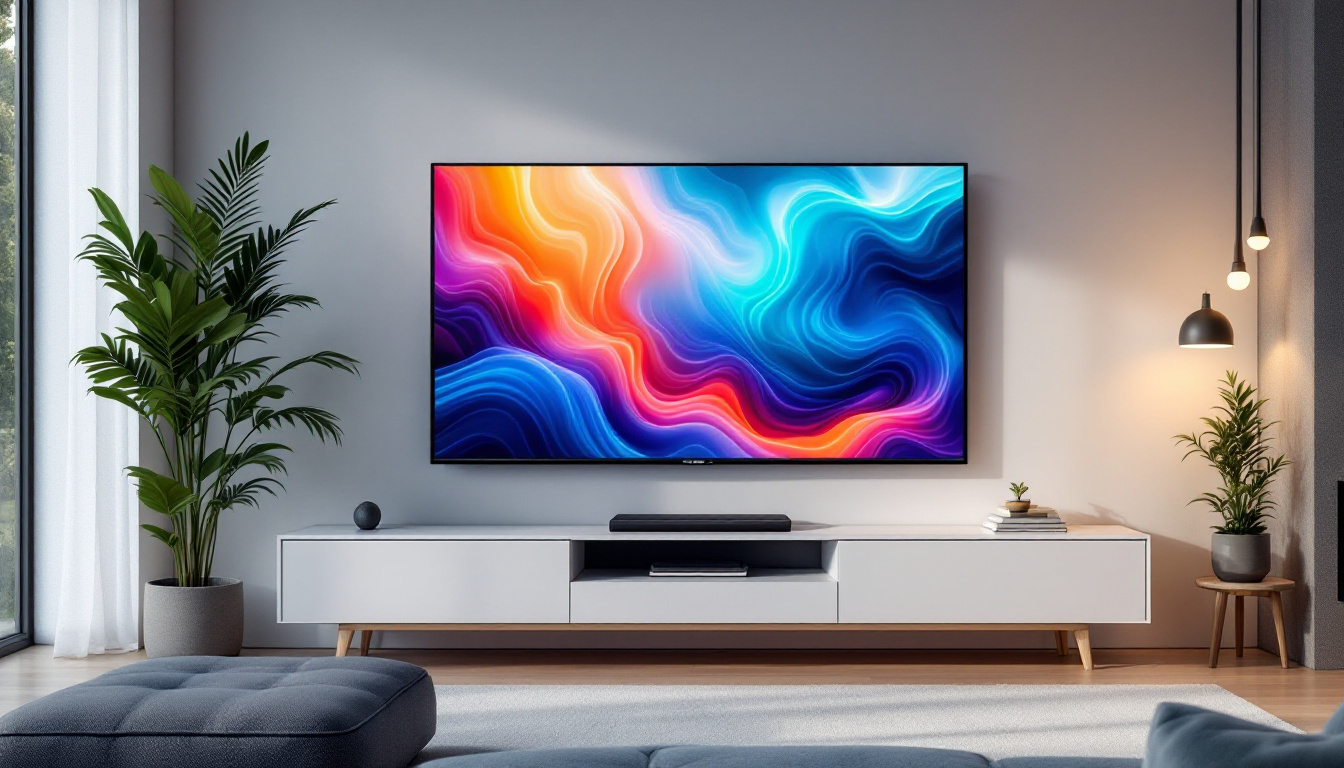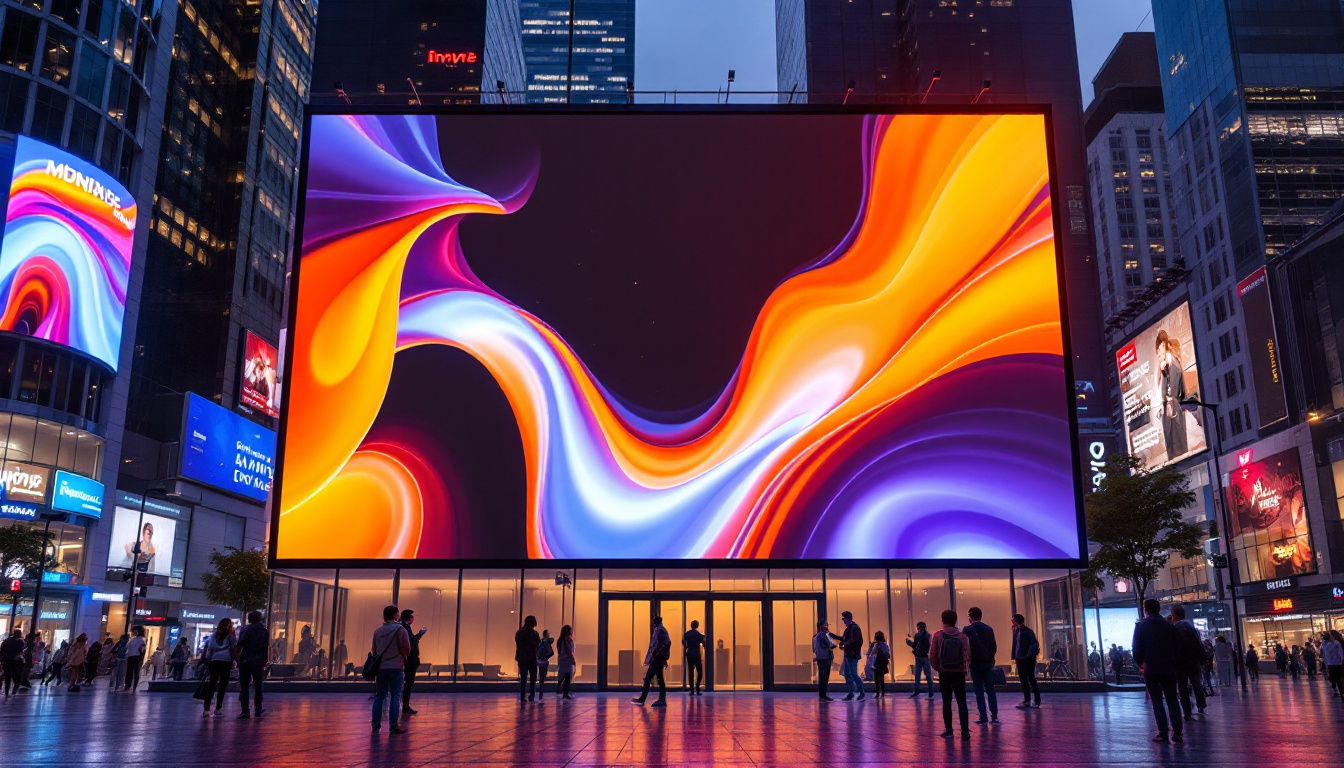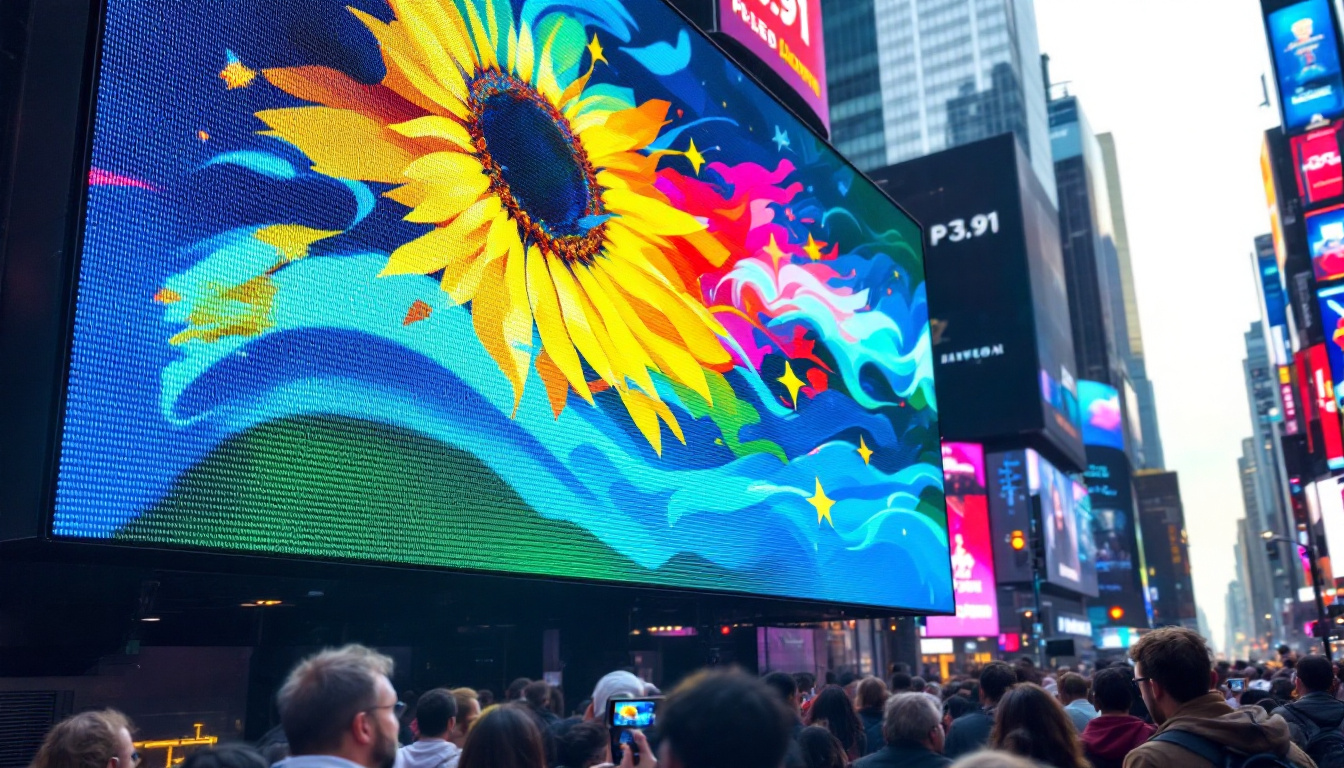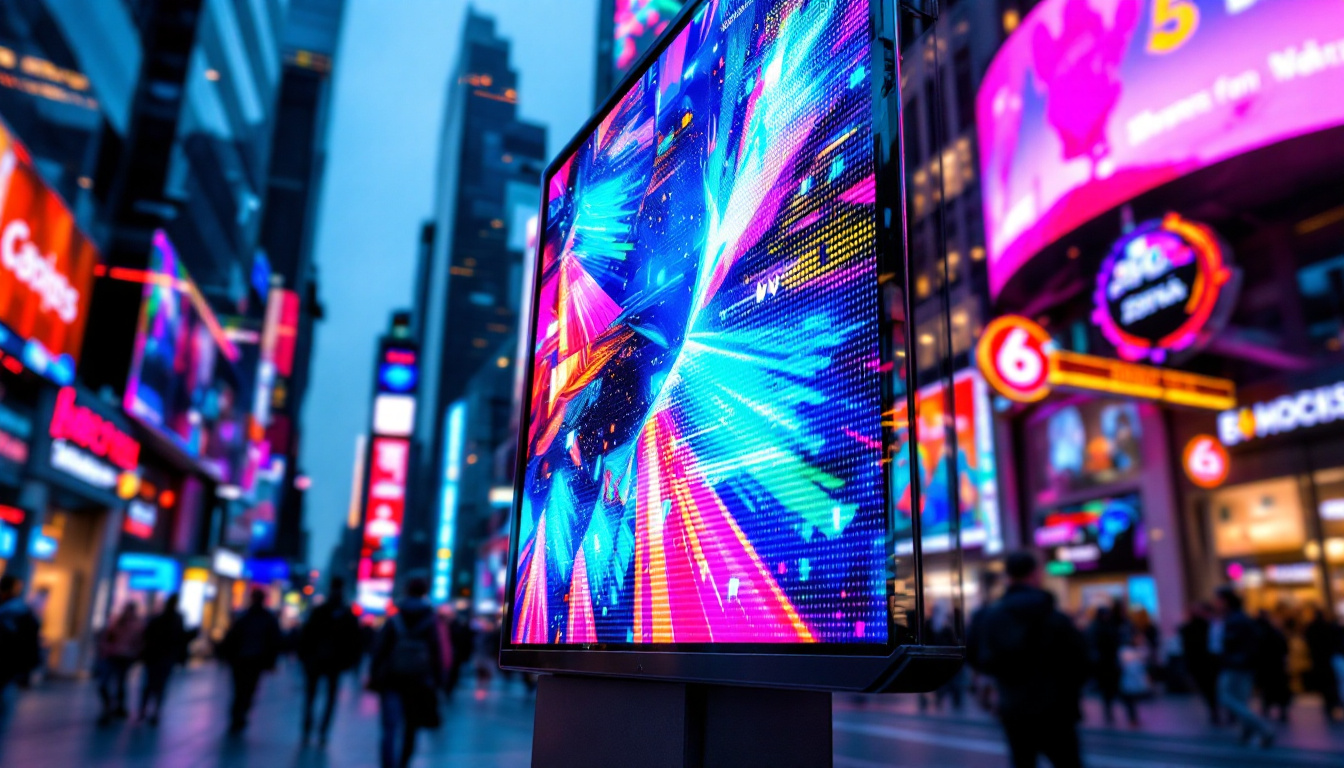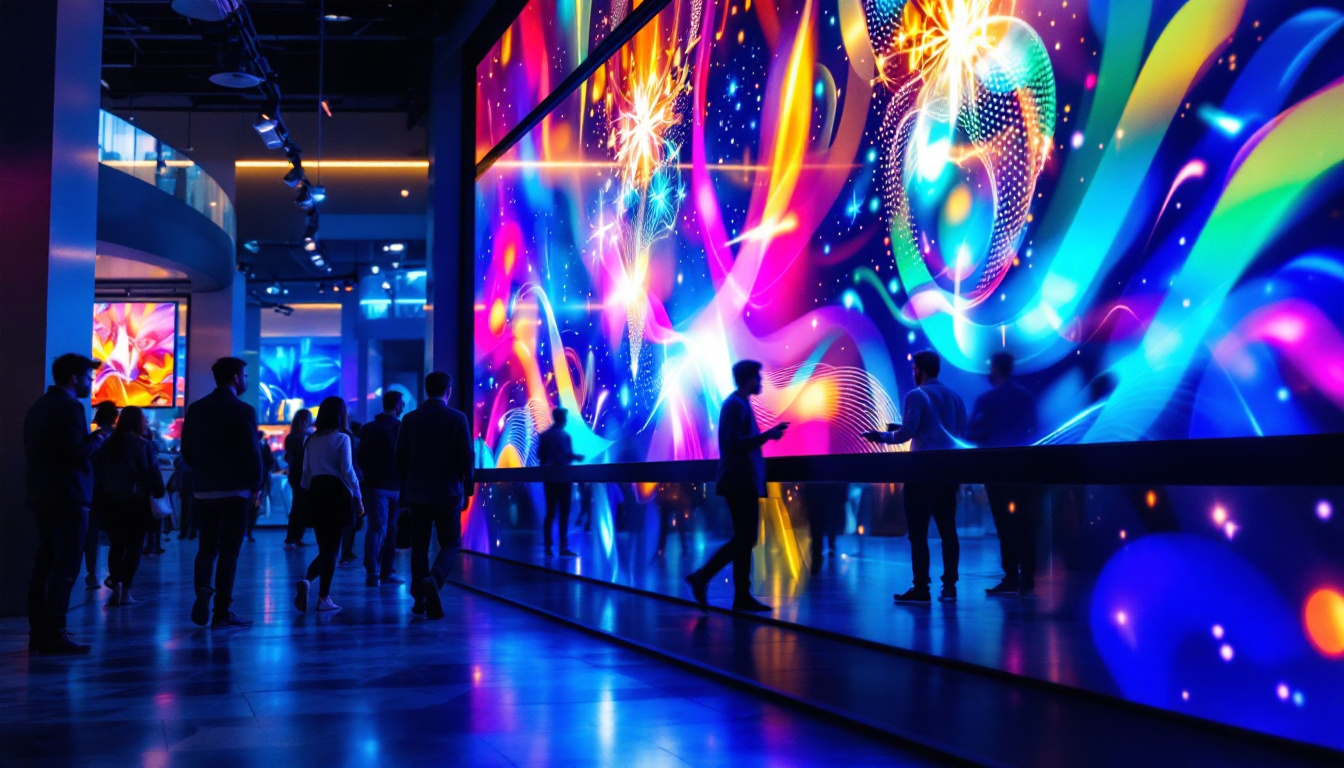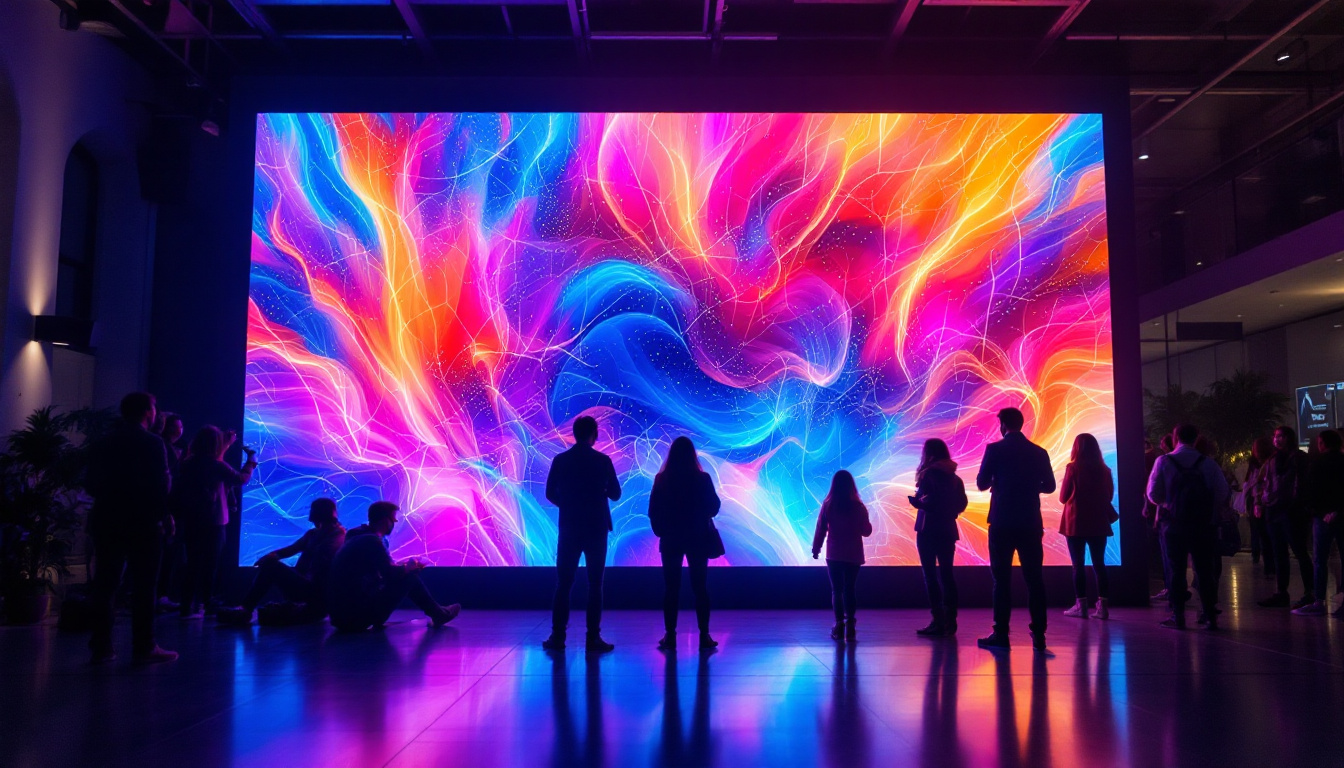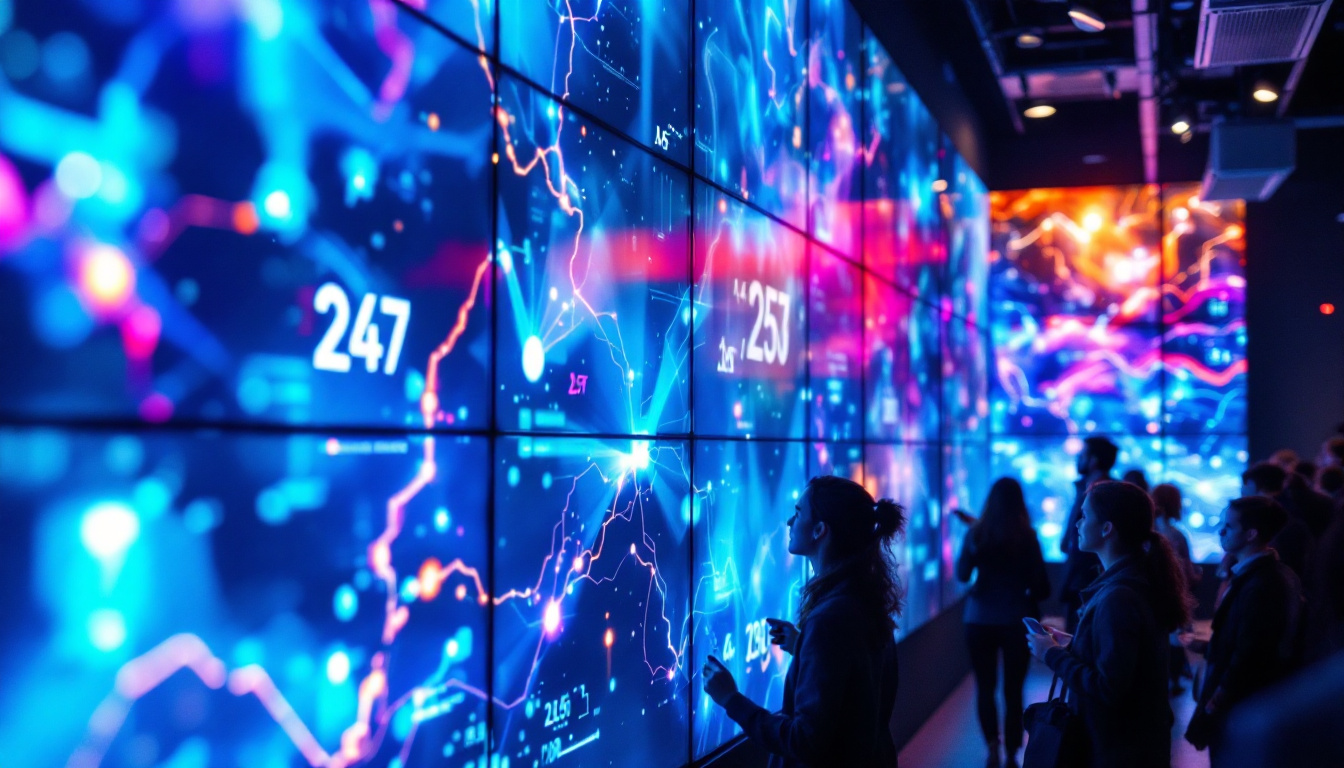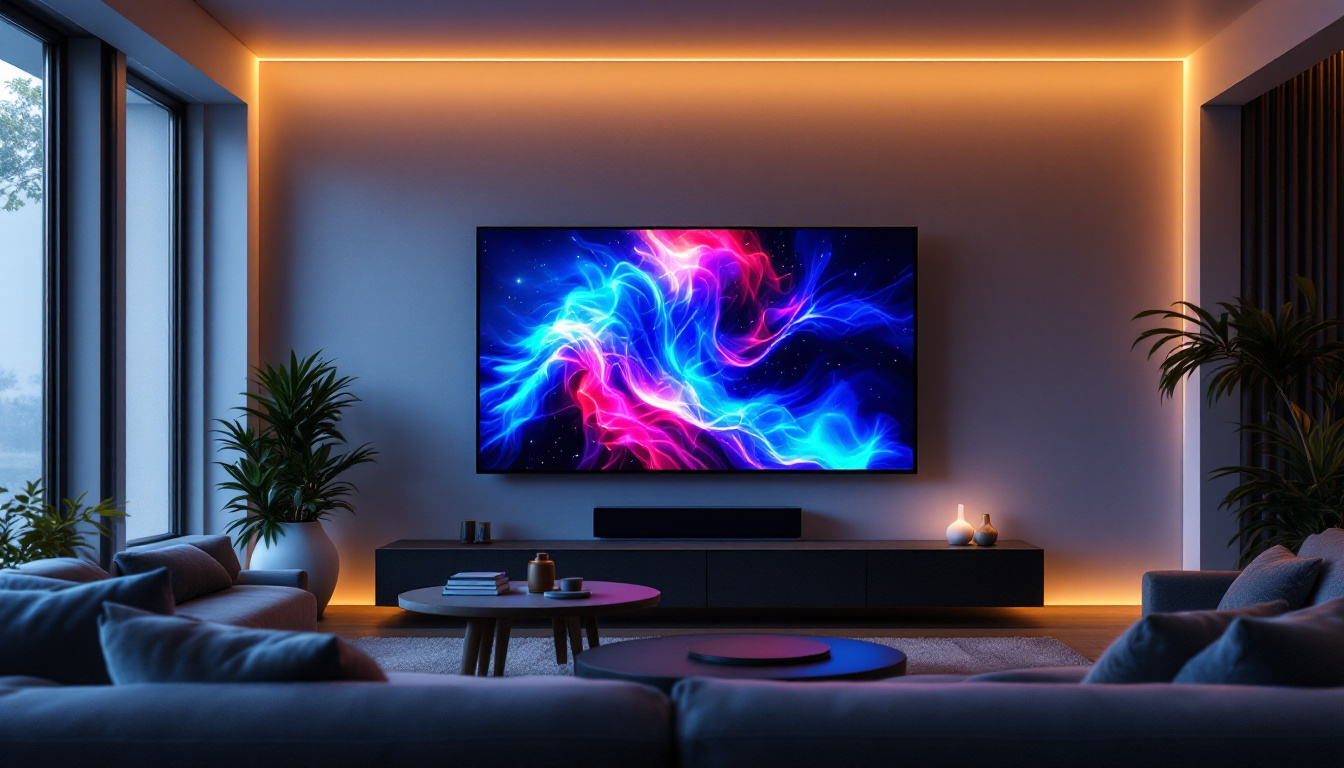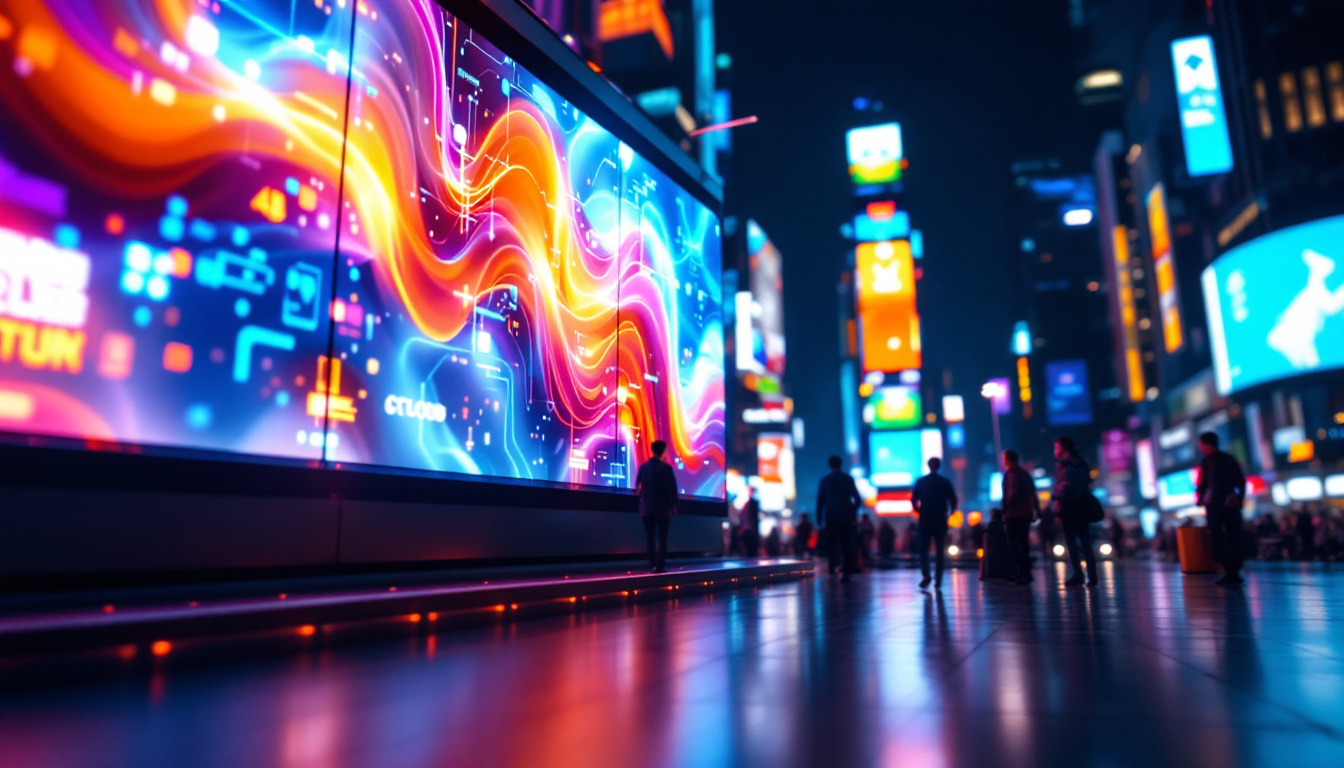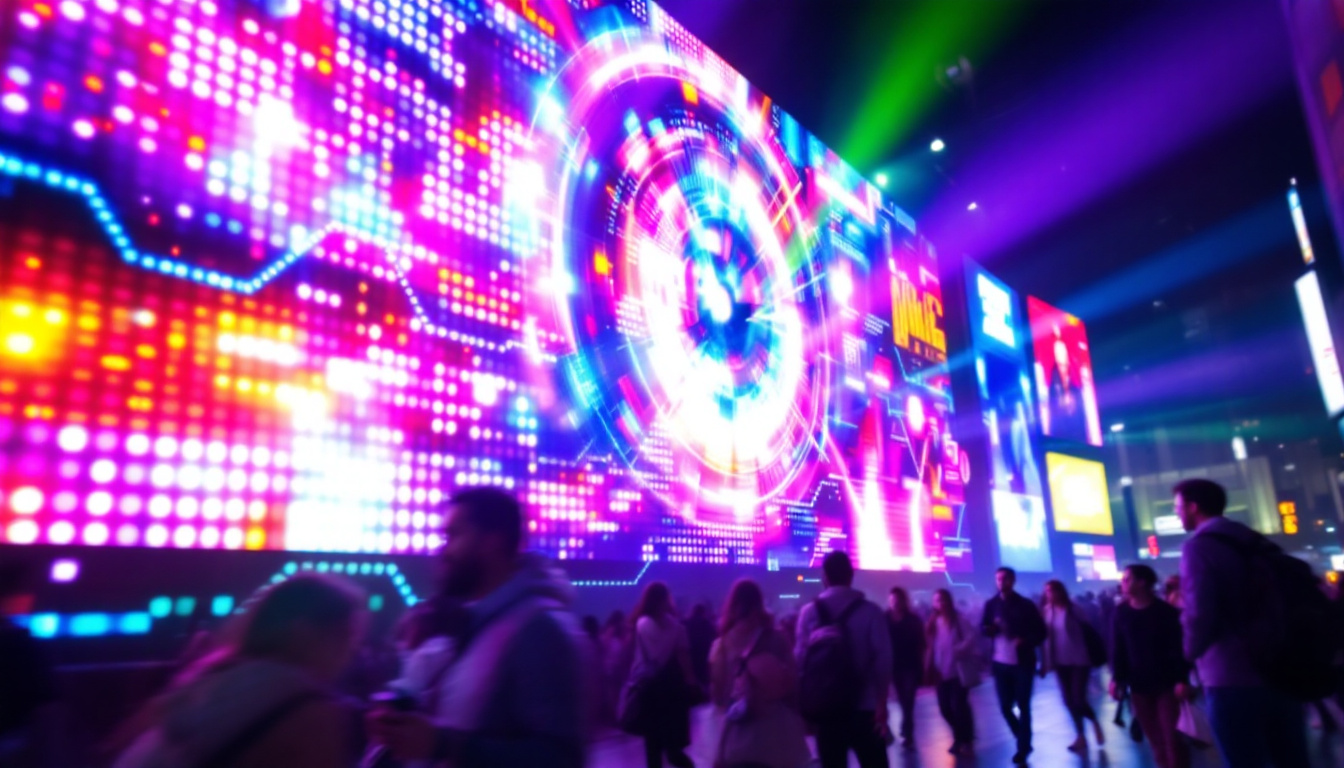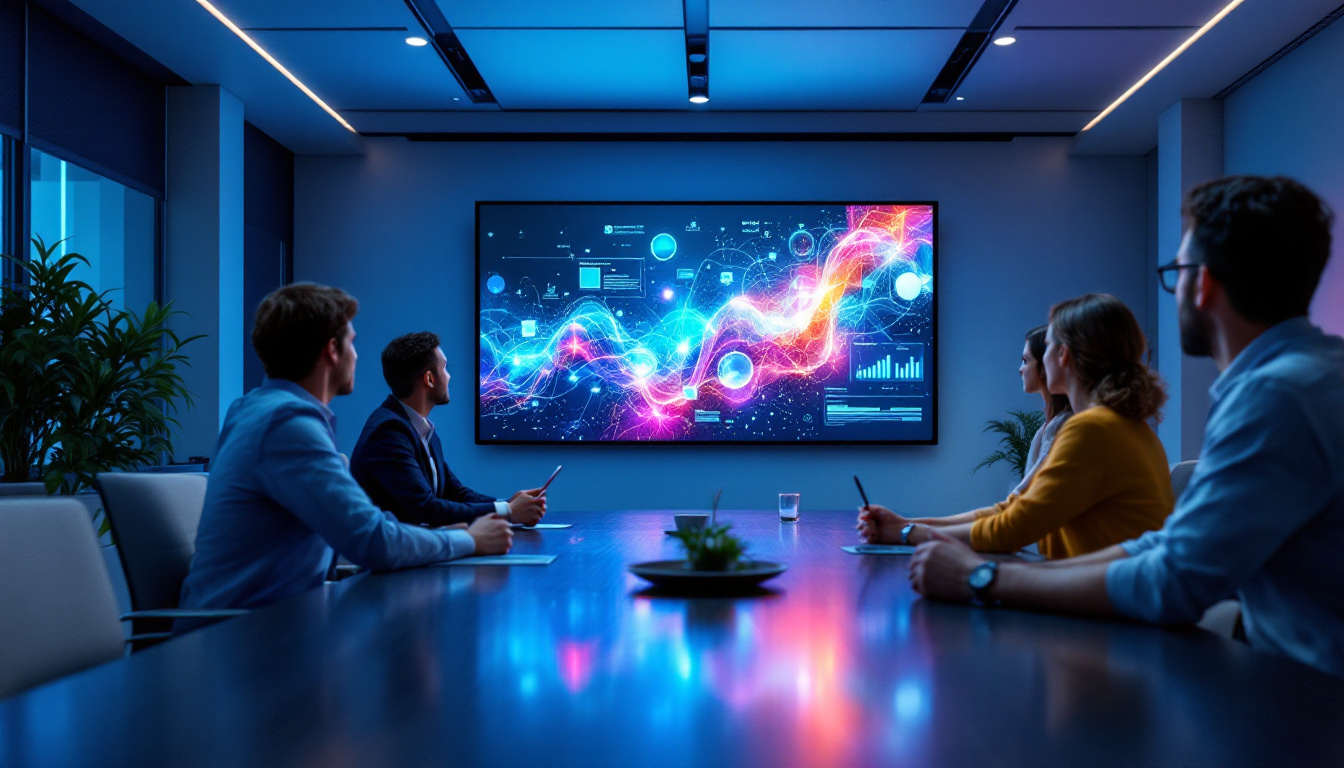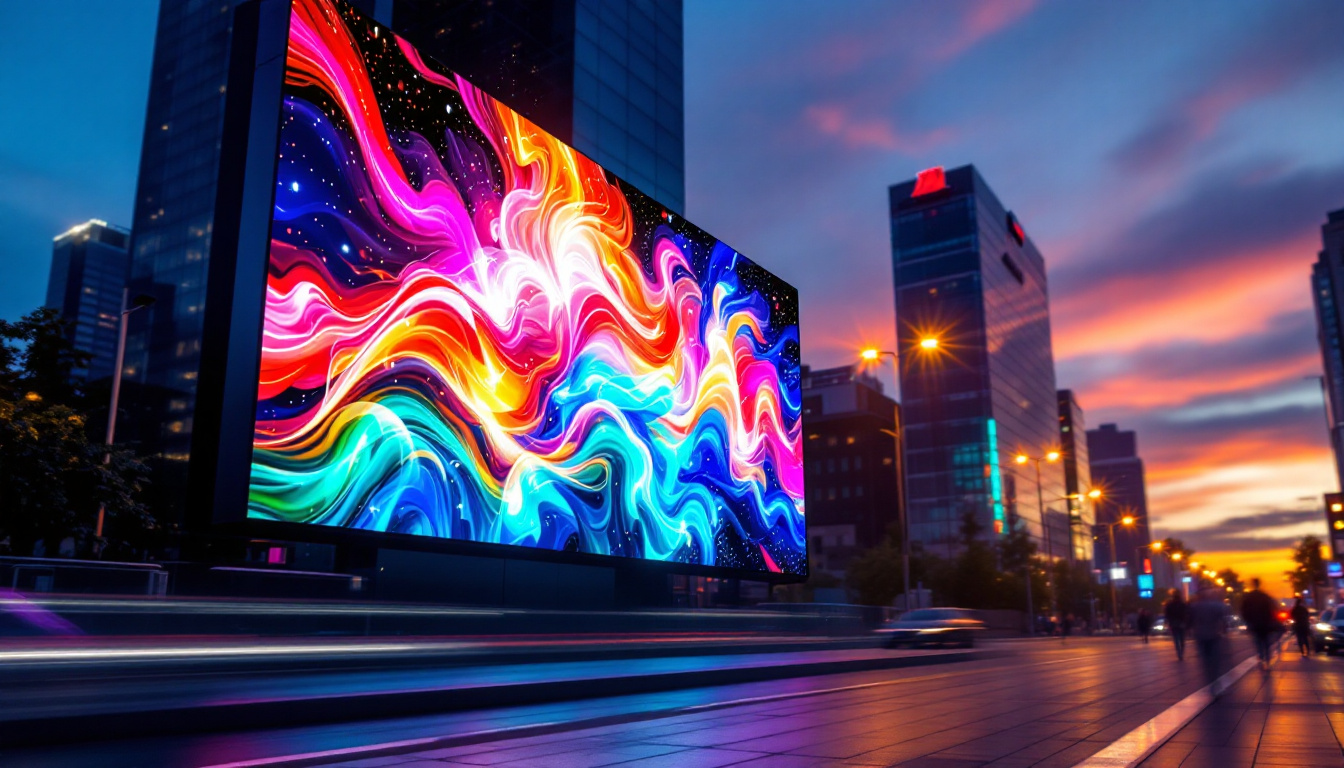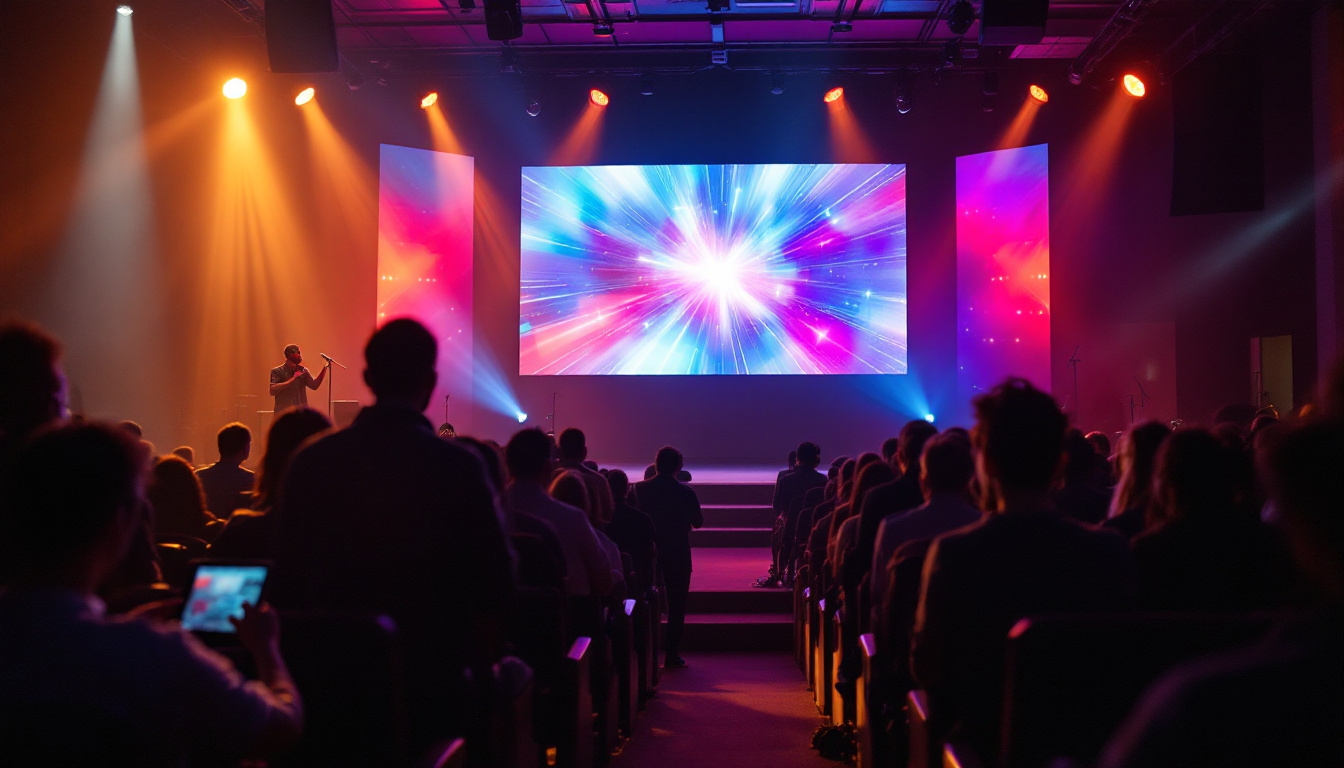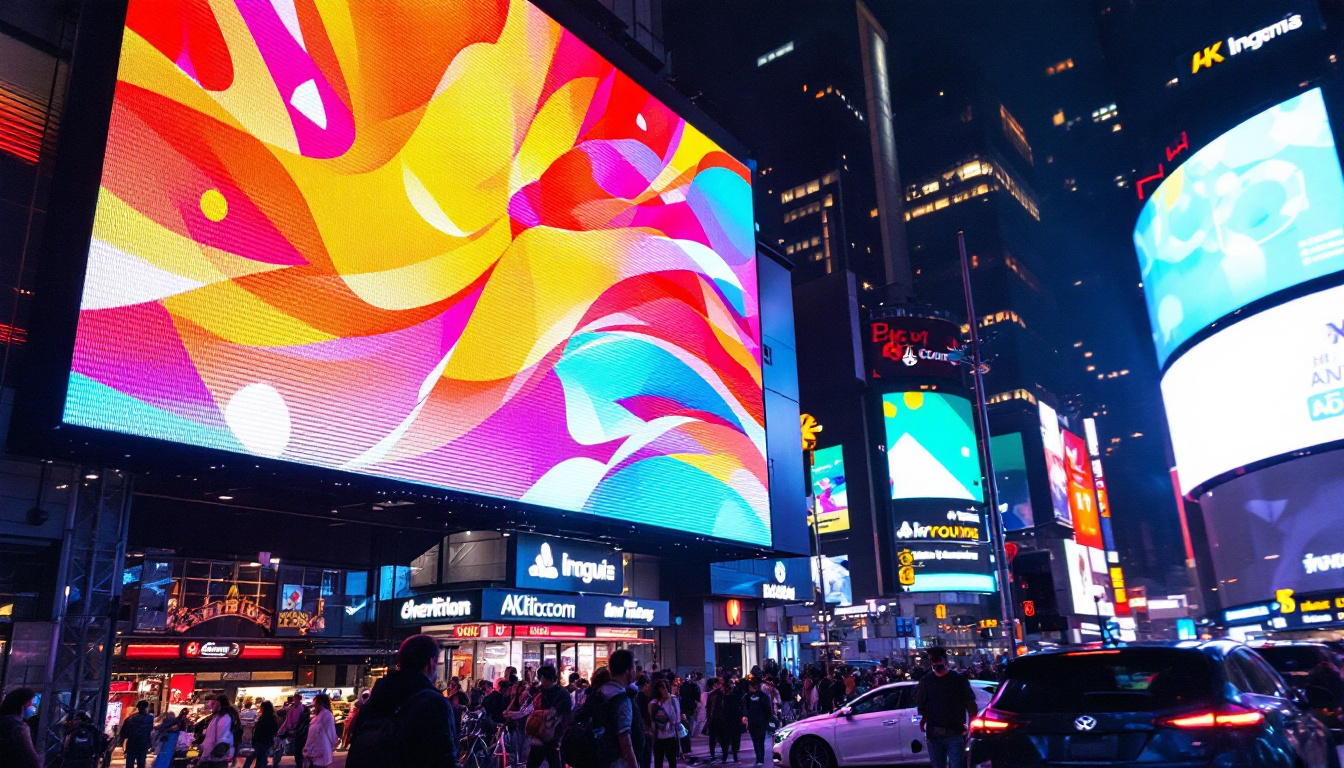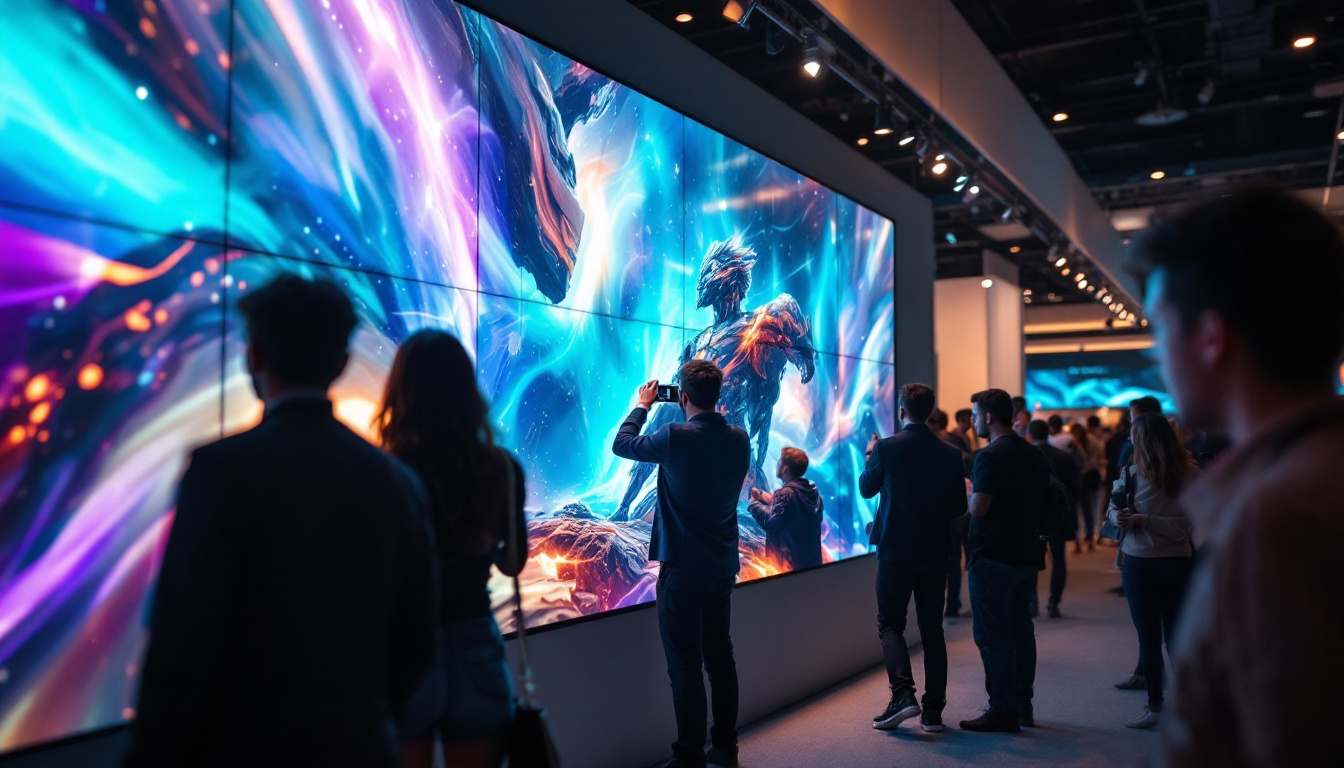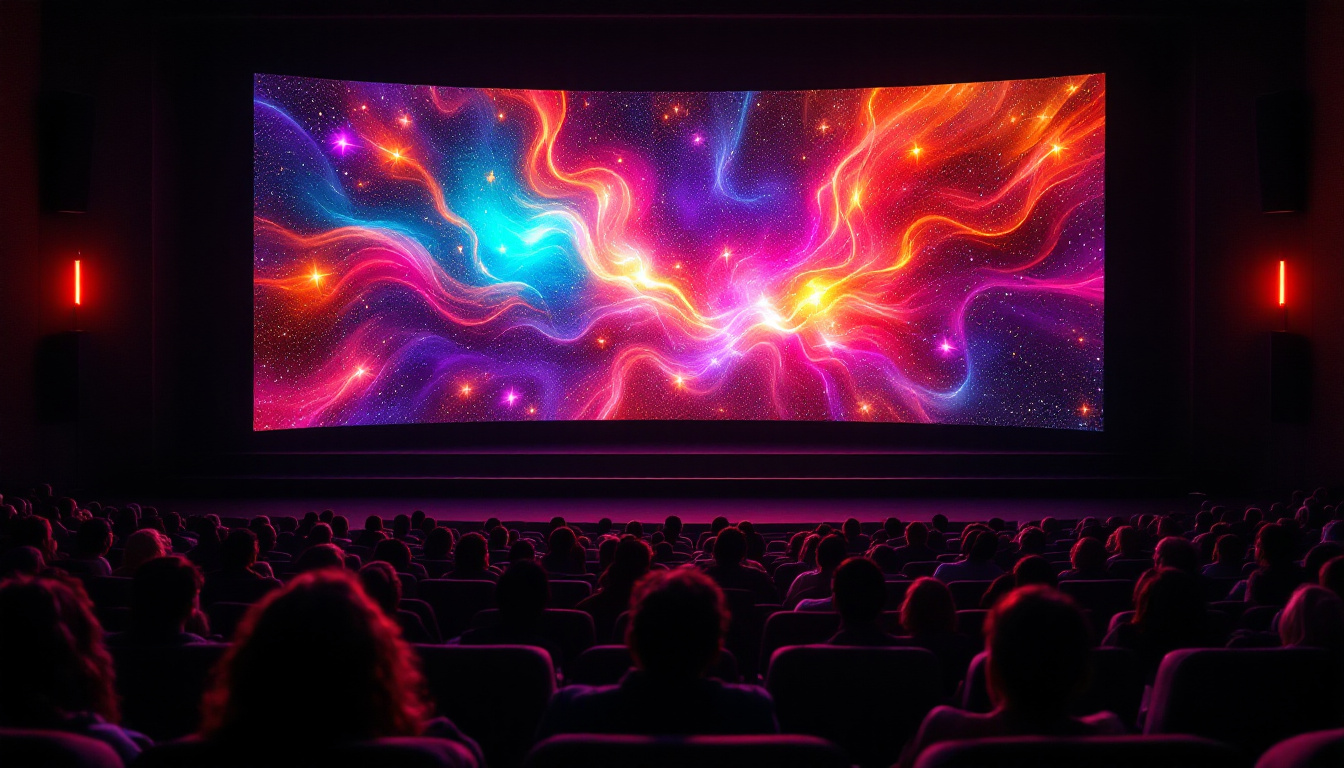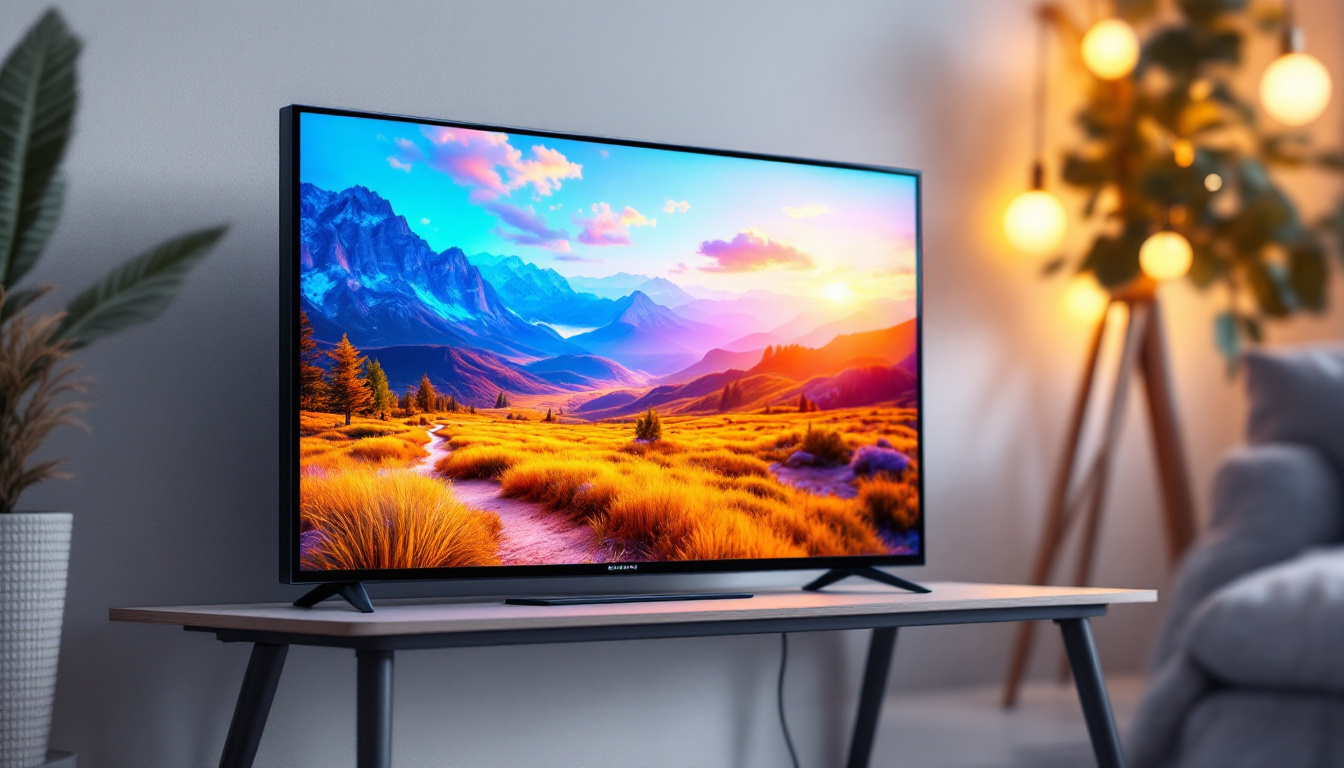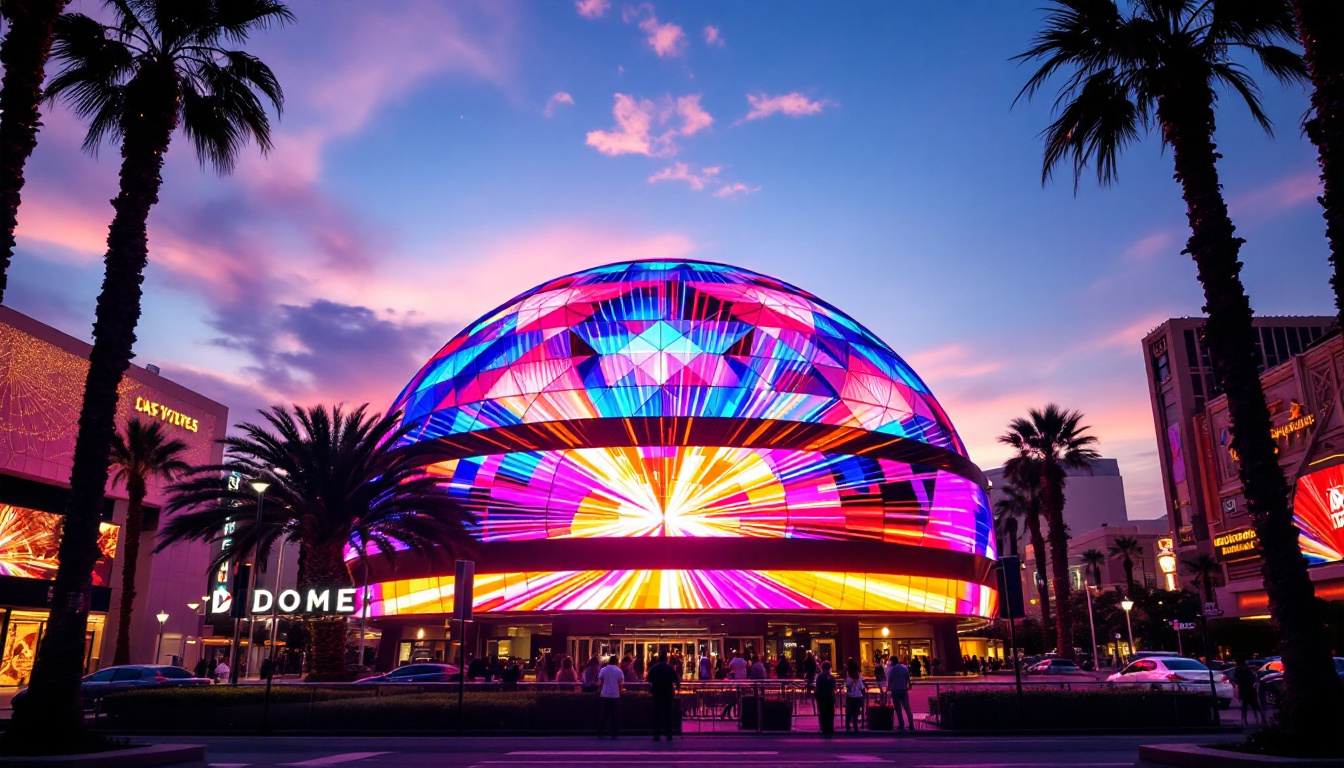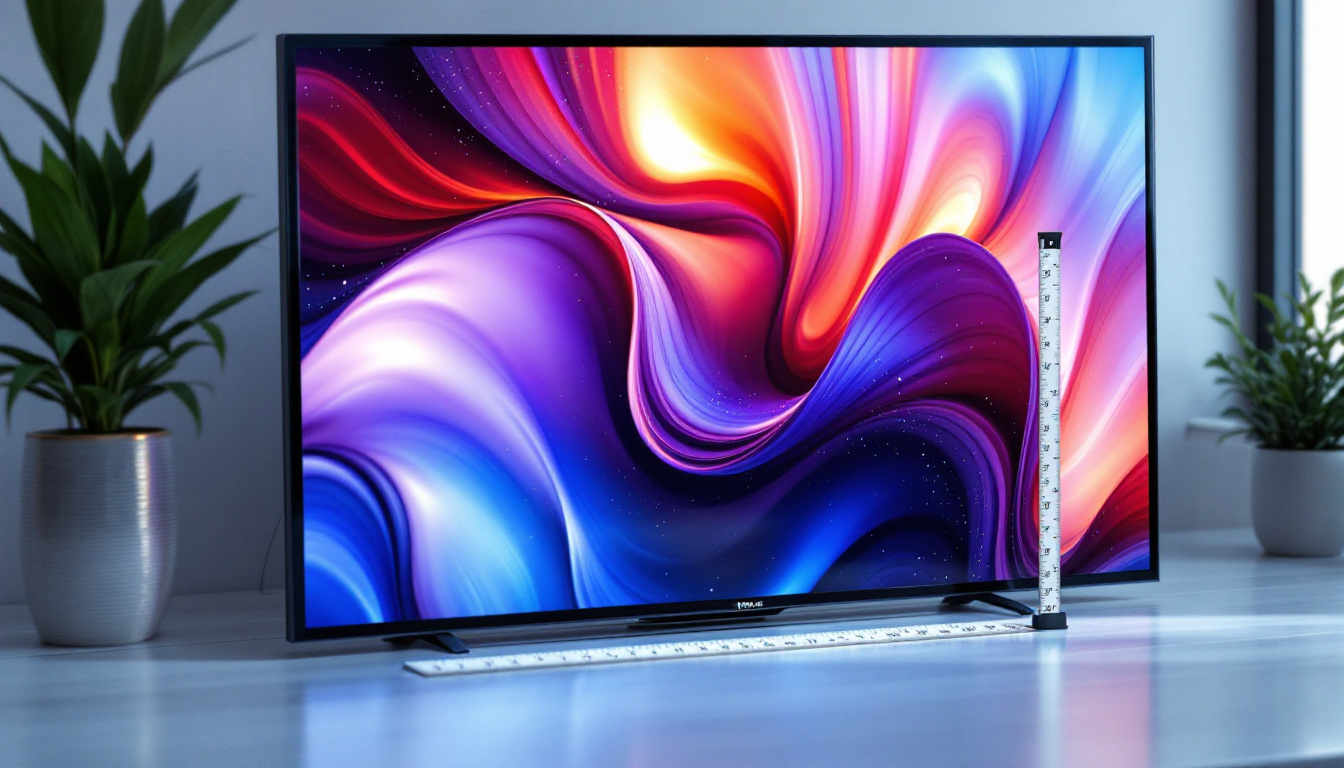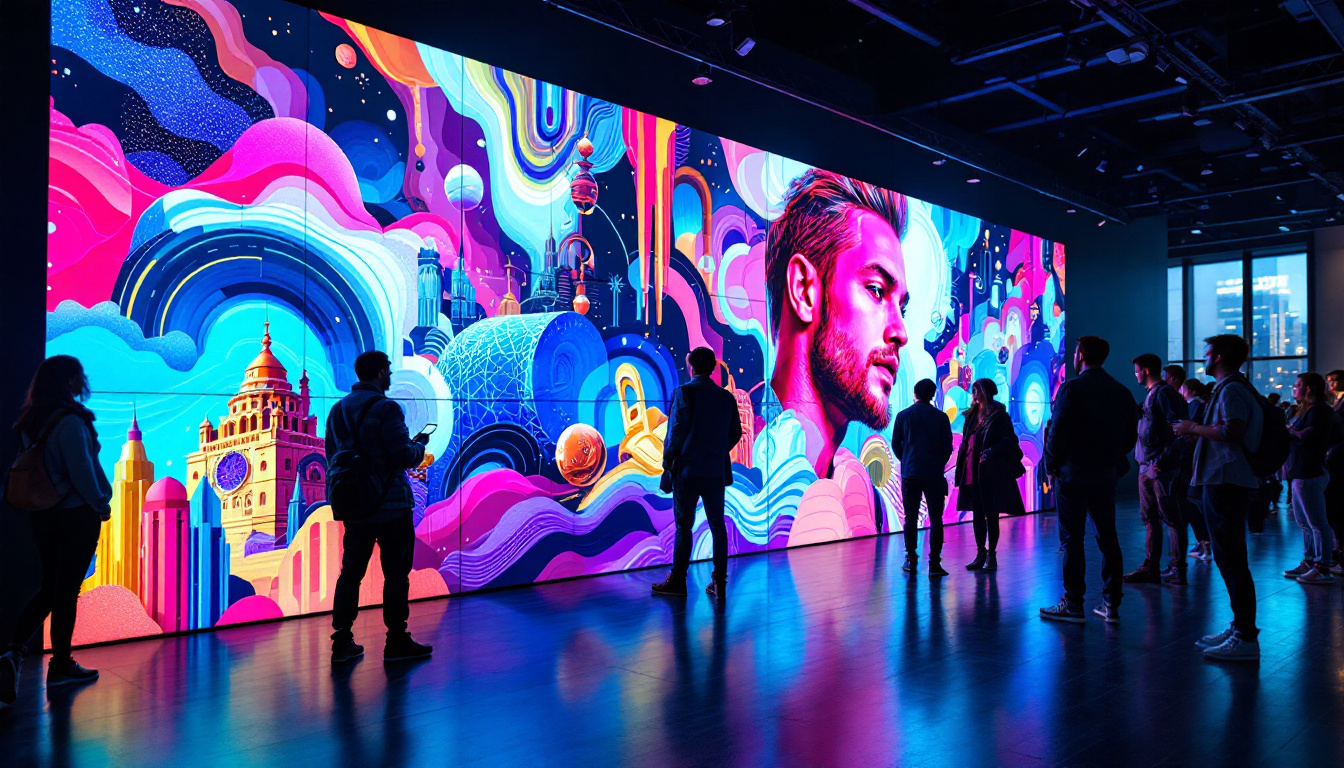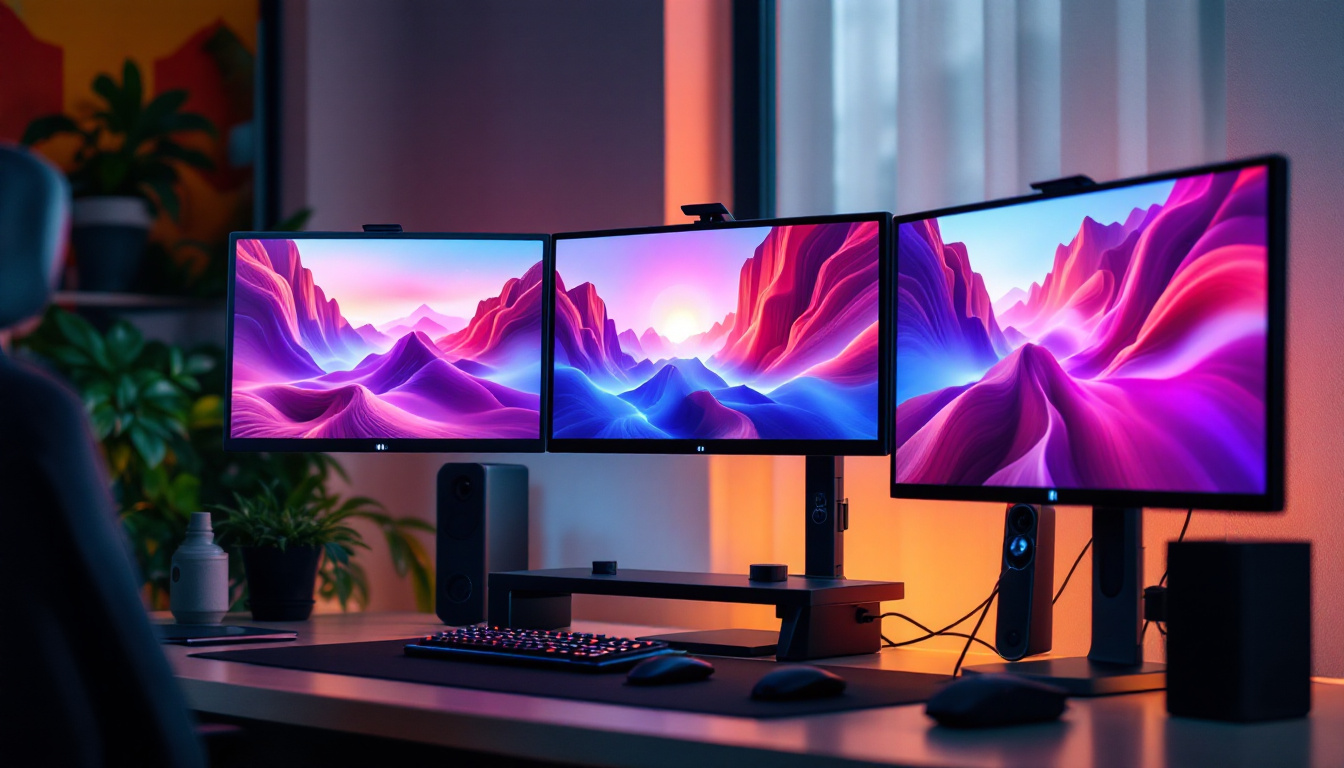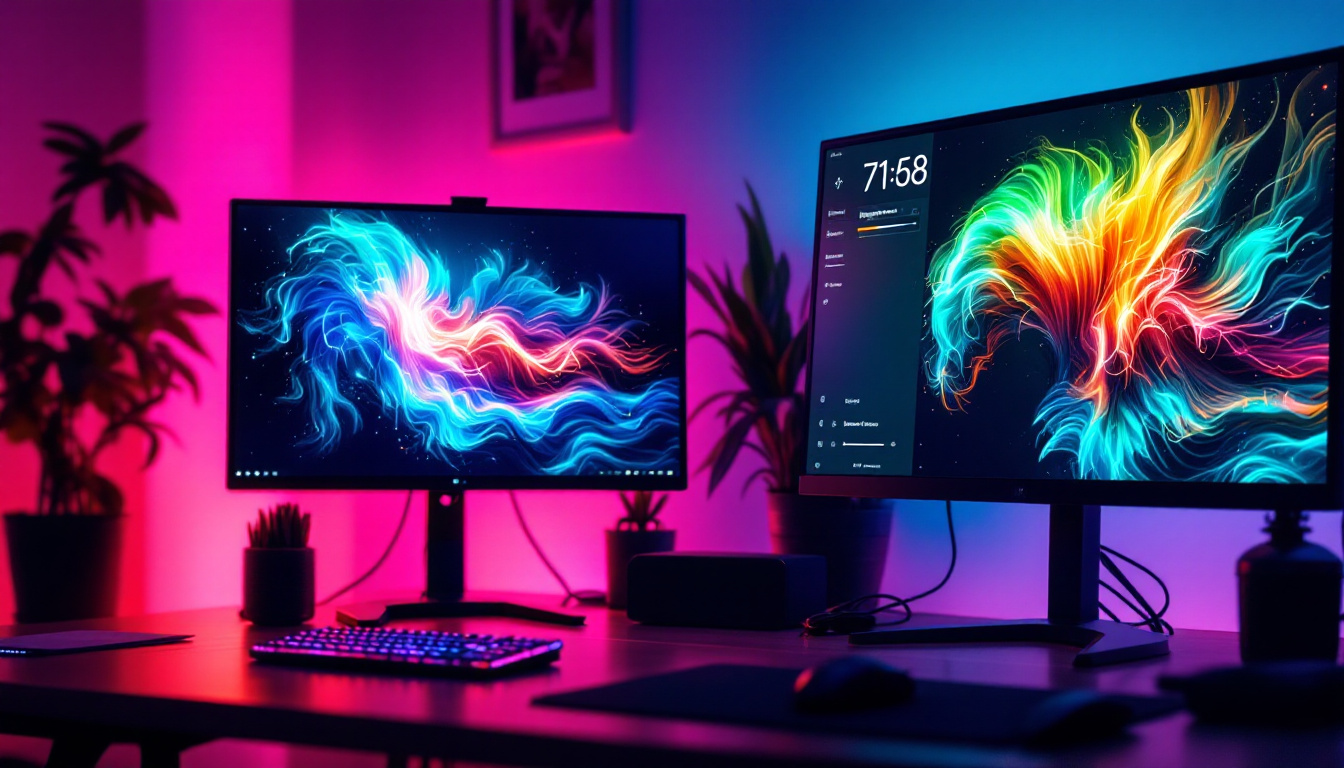In the realm of modern technology, interactive wall projections have emerged as a transformative medium that bridges the gap between digital content and physical spaces. Utilizing LED display technology, these systems offer a dynamic way to engage audiences, enhance presentations, and create immersive environments. This article delves into the intricacies of interactive wall projections, exploring their components, applications, and the future of this innovative technology.
Understanding Interactive Wall Projections
Interactive wall projections combine visual displays with touch or motion sensors to create an engaging experience. These systems can transform any wall into a canvas for digital content, allowing users to interact with the displayed information in real-time. The technology behind these projections typically involves LED displays, projectors, and various sensors that track user movements.
Components of Interactive Wall Projections
The effectiveness of interactive wall projections lies in the integration of several key components. Each element plays a crucial role in delivering a seamless experience.
- LED Displays: These are the heart of any interactive projection system. LED displays provide bright, vibrant images that can be viewed from various angles, making them ideal for both small and large spaces.
- Projectors: In some setups, projectors are used to cast images onto walls. Advanced projectors can create high-definition visuals that enhance the overall experience.
- Sensors: Touch sensors or motion detectors enable interaction. These sensors track user movements, allowing for gestures or touch-based commands to manipulate the displayed content.
How Interactive Wall Projections Work
The operation of interactive wall projections is a fascinating blend of hardware and software. When a user approaches the display, sensors detect their presence and track movements. The system then processes this input and adjusts the content accordingly. For instance, a user might swipe their hand to navigate through a presentation or touch a specific area to access more information.
This interactivity is often powered by sophisticated software that can recognize gestures and translate them into commands. The result is an engaging experience that captivates users and encourages exploration.
Moreover, the applications of interactive wall projections extend far beyond mere entertainment. In educational settings, these systems can facilitate immersive learning experiences, allowing students to engage with complex subjects through interactive diagrams and simulations. For example, a biology class might use an interactive projection to explore the human anatomy in a 3D format, enabling students to visualize and manipulate organs and systems in real-time. This hands-on approach not only enhances understanding but also fosters a collaborative learning environment where students can work together to solve problems.
In commercial spaces, businesses are leveraging interactive wall projections for marketing and customer engagement. Retailers can create dynamic displays that respond to customer movements, showcasing products in a captivating manner. Imagine walking into a store and having a projected display highlight special offers or provide detailed information about a product simply by gesturing towards it. This level of interactivity not only attracts attention but also enhances the shopping experience, making it more memorable and informative for consumers.
Applications of Interactive Wall Projections
Interactive wall projections are versatile and can be utilized across various sectors. Their adaptability makes them suitable for a wide range of applications, from education to marketing.
Educational Settings
In educational environments, interactive wall projections can revolutionize the way information is presented. Teachers can use these systems to create engaging lessons that encourage student participation. For example, students can interact with historical timelines, scientific models, or geographical maps, making learning more dynamic and memorable.
Moreover, the ability to display multimedia content allows educators to cater to different learning styles, ensuring that all students can engage with the material effectively. This technology also enables the integration of gamification elements into lessons, where students can earn rewards or points for completing interactive challenges. Such an approach not only boosts motivation but also fosters a sense of healthy competition among peers, making the learning experience even more enjoyable.
Corporate Environments
In the corporate world, interactive wall projections have become invaluable tools for presentations and meetings. They enable teams to collaborate more effectively by allowing multiple users to interact with the same content simultaneously. This fosters a more inclusive environment where ideas can be shared and developed in real time.
Additionally, businesses can use these systems for marketing purposes, creating eye-catching displays that draw in customers and convey brand messages in an engaging manner. For instance, retail stores can utilize interactive projections to highlight product features or run promotional campaigns that encourage customer interaction. This not only enhances the shopping experience but also provides valuable data on customer preferences and behaviors, allowing businesses to tailor their strategies accordingly.
Public Spaces and Events
Public spaces, such as museums, galleries, and trade shows, have also embraced interactive wall projections. These installations can captivate audiences, providing immersive experiences that enhance exhibitions and events. For instance, museums can use interactive displays to allow visitors to explore artifacts in depth, while trade shows can showcase products in an innovative way that attracts attention.
Moreover, festivals and public gatherings can leverage interactive wall projections to create vibrant atmospheres, transforming ordinary spaces into extraordinary experiences. By incorporating real-time audience participation, such as live voting or social media integration, event organizers can foster a sense of community and engagement. This not only elevates the overall experience for attendees but also encourages them to share their experiences on social platforms, further amplifying the event’s reach and impact.
As technology continues to evolve, the potential applications for interactive wall projections are virtually limitless, paving the way for more creative and engaging experiences. The integration of augmented reality features can also enhance these projections, allowing users to interact with digital elements in a more immersive manner, blurring the lines between the physical and virtual worlds.
The Benefits of Interactive Wall Projections
Interactive wall projections offer numerous advantages that make them an attractive option for various applications. Understanding these benefits can help organizations make informed decisions about implementing this technology.
Enhanced Engagement
One of the most significant benefits of interactive wall projections is their ability to enhance engagement. By allowing users to interact with the content, these systems create a more immersive experience that captures attention and encourages participation. This is particularly valuable in educational and corporate settings, where engagement can directly impact learning outcomes and productivity.
Flexibility and Customization
Interactive wall projections are highly customizable, enabling organizations to tailor content to their specific needs. Whether it’s a dynamic presentation for a corporate meeting or an educational module for a classroom, these systems can be adapted to suit various contexts. This flexibility ensures that the technology remains relevant and effective across different applications.
Cost-Effectiveness
While the initial investment in interactive wall projection technology may seem significant, the long-term benefits can outweigh the costs. These systems can replace traditional displays and presentation tools, reducing the need for multiple devices. Moreover, the ability to update and modify content easily means that organizations can keep their displays fresh without incurring additional expenses.
Challenges and Considerations
Despite the numerous benefits, there are challenges associated with implementing interactive wall projections. Organizations must consider several factors to ensure successful integration.
Technical Limitations
One of the primary challenges is the technical limitations of the technology. Not all environments are suitable for interactive wall projections, as factors such as lighting, wall texture, and space constraints can affect performance. Organizations must conduct thorough assessments to determine the feasibility of installation in their specific context.
Training and Support
To maximize the potential of interactive wall projections, users may require training and ongoing support. Organizations should invest in training programs to ensure that staff members are comfortable using the technology and can troubleshoot any issues that may arise. This investment in human resources is crucial for the successful adoption of interactive wall projections.
The Future of Interactive Wall Projections
The future of interactive wall projections looks promising, with advancements in technology paving the way for even more innovative applications. As LED displays become more affordable and accessible, organizations across various sectors are likely to adopt this technology.
Integration with Augmented Reality
One exciting development on the horizon is the integration of interactive wall projections with augmented reality (AR). This combination could enhance user experiences by overlaying digital content onto the physical environment. For instance, users might be able to interact with 3D models that appear to float above the wall, creating a truly immersive experience.
Increased Interactivity
As technology continues to evolve, the level of interactivity offered by wall projections is expected to increase. Future systems may incorporate advanced gesture recognition, voice commands, and even artificial intelligence to create more intuitive and engaging experiences. This evolution will further blur the lines between the digital and physical worlds, offering users unprecedented ways to interact with content.
Conclusion
Interactive wall projections represent a significant advancement in how digital content is presented and engaged with. By leveraging LED display technology, these systems create immersive experiences that captivate audiences across various sectors. While there are challenges to consider, the benefits of enhanced engagement, flexibility, and cost-effectiveness make interactive wall projections an attractive option for organizations looking to innovate.
As technology continues to advance, the future of interactive wall projections holds exciting possibilities. Integration with augmented reality and increased interactivity are just a few of the developments on the horizon. Embracing this technology now can position organizations at the forefront of innovation, enabling them to create engaging and memorable experiences for their audiences.
Discover LumenMatrix LED Display Solutions
Ready to transform your space with the power of interactive wall projections? Explore LumenMatrix’s comprehensive range of LED display technologies, designed to bring your digital content to life. From Indoor and Outdoor LED Wall Displays to innovative solutions like LED Sports and Transparent Displays, LumenMatrix offers the tools you need to create truly immersive visual experiences. Elevate your brand visibility and captivate your audience with our cutting-edge displays. Check out LumenMatrix LED Display Solutions today and join the visual revolution.


